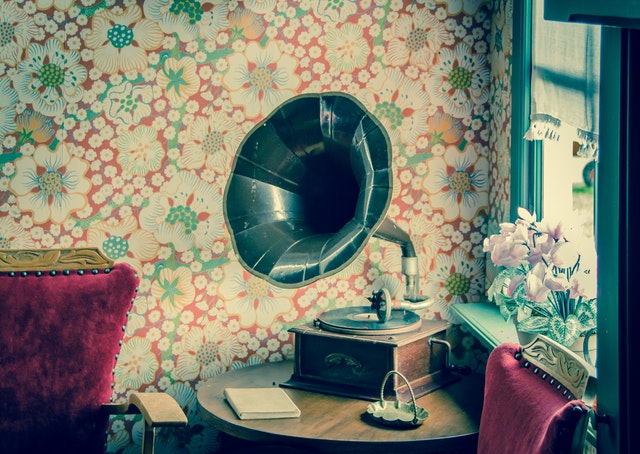
Vintage phonographs are the most sought after items among antique collectors and music enthusiasts. Introduced in 1877, phonographs are among the earliest sound playing and recording devices ever invented. Despite the emergence of modern music players, which produce high-quality sound, phonographs remain popular among collectors because of the history that comes with them.
Standard phonographs are composed of a turntable, drive system, tonearm, stylus or needle, cartridge, or disc record, all contained in a cabinet and the cone-shaped amplifier. Because of their age, vintage phonographs are fragile and must be handled with the utmost care when being transported.
Remember that these devices are no longer in production and looking for parts that were inadvertently damaged might be difficult. To avoid any irreparable and expensive mistakes, here are some tips on how to properly pack and ship a phonograph to ensure that it will survive the rough shipping environment and arrive in good condition.
Remove all loose parts and place them inside a Ziploc bag. Larger pieces should be wrapped in bubble wrap. Label the parts for easy re-assembly. Place the bagged or wrapped parts in a small box. Remove the amplifier and wrap generously in bubble wrap.
Bundle the power cord and/or antenna wires using rubber bands then bubble wrap to keep from scratching the cabinet or other parts. Place the bundled cord inside the cabinet if possible.
Secure the tonearm or any other moving parts in place to prevent them from moving during transit. Use blue painter’s tape or any tape that will not leave any adhesive residue on the surface of the cabinet.
Wrap the device to keep packing materials from entering the chassis. You can use a large garbage bag or shrink/stretch wrap. Tape in place but avoid taping directly on the cabinet surface. Wrap the item generously with bubble wrap.
Place the packed phonograph in a sturdy cardboard box that is large enough to provide the item with 3-inch spaces in all sides top and bottom. Use packing peanuts on the bottom, four sides and top to ensure that the phonograph is suspended in the center of the package. Don’t forget to place the small box with parts in the package before filling it up with peanuts. Close the box and shake a little to ensure that there is no movement inside. Seal the box with packaging tape.
Get a slightly larger shipping box and double box the first package. Use packing peanuts on all sides, top and bottom to keep the inner box in place at the center of the outer box. Close and secure with packaging tape. Address and label the package.
Pack the amplifier in a separate shipping box. Make sure that it is well bubble wrapped and there are no parts exposed. Add extra padding on the rim of the cone as it is prone to damage. Use a lot of packing peanuts to keep the amplifier in the center of the box and prevent any movement. Close the box and secure it with packaging tape. Address and label the package.
Take both packages to your local post office or shipping company. Insure your phonograph to cover expenses in case of loss or damage during transit.
